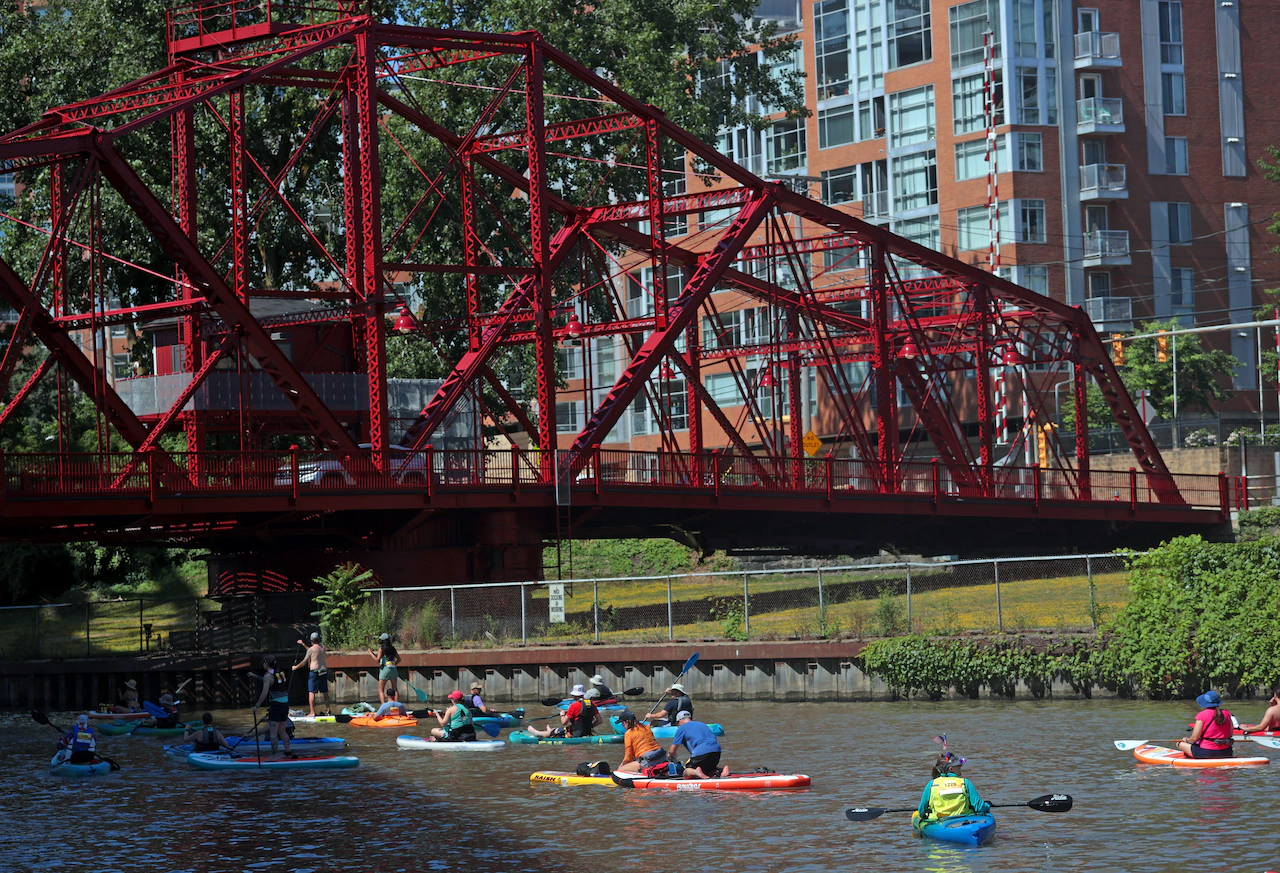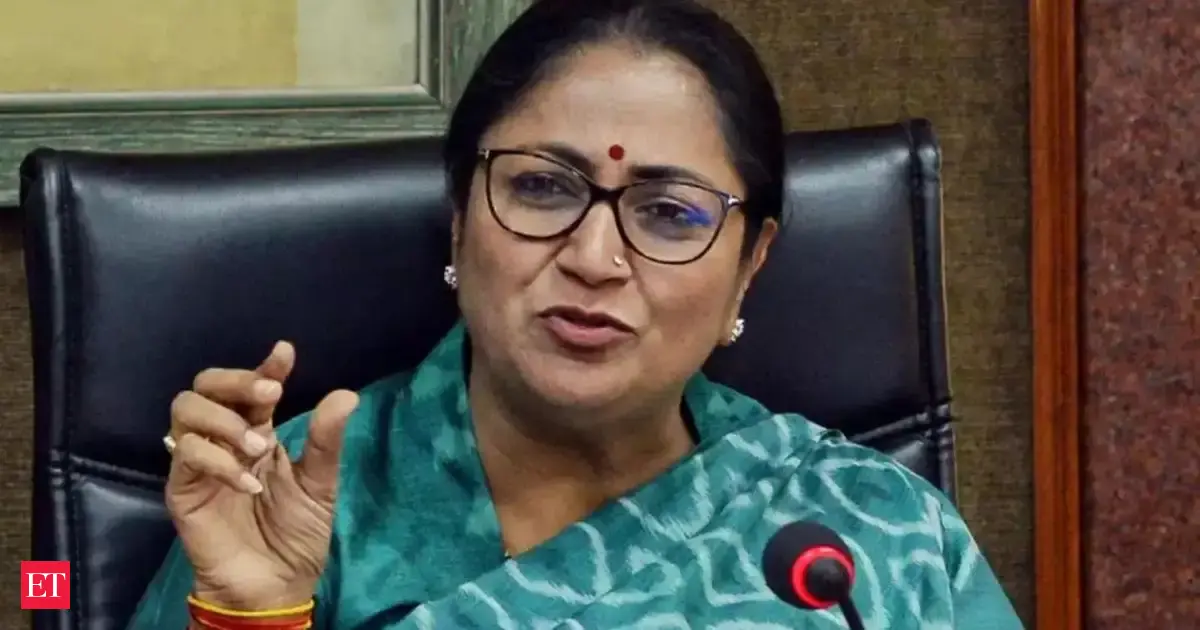
CLEVELAND, Ohio – Conditions were perfect in July when the Cuyahoga River hosted what has become one its signature events – the Blazing Paddles Paddlefest.
More than 300 paddlers took to the river’s navigation channel near downtown Cleveland to highlight the remarkable transformation of a once-seething stew of pollutants into a playground for kayakers, paddle-boarders and the like.
The festival, moved this year to the Nautica waterfront district, drew participants from eight other states beyond Ohio. It offered competitive racing and casual floating over three distances, taking paddlers under iconic Cleveland bridges, past new green spaces, and through a water canon salute from the Cleveland Fire Department’s Marine 21 fire boat.
Blazing Paddles founder Jim Ridge, who leads the nonprofit Share the River advocacy group, said at the time that organizers hope the event becomes “Cleveland’s largest annual public recreation event that draws attention to the comeback of this historic Cuyahoga River.”
But paddling on the river is one thing. Might the Cuyahoga also become clean enough one day to attract swimmers?
Two months after Blazing Paddles, the city of Chicago made headlines for hosting an open water swim in its once-fouled river for the first time in nearly 100 years.
Nearly 300 people participated in the Sept. 21 event in the Chicago River, once considered an open sewer, a little more than a year after triathletes and marathon swimmers took to the Seine River during the Summer Olympics in Paris.
The Chicago event sparked discussion about whether Cleveland could eventually host swimming events in the Cuyahoga, though experts say significant challenges remain.
“I think it’s a fine thought,” Ridge said about potential swimming events, describing it as a nice visual. However, he questions whether water quality would be sufficient and if swimmers could coexist with other traffic on the U.S. Coast Guard-regulated waterway.
Water quality concerns persist despite decades of improvement since the 1970s. The Northeast Ohio Regional Sewer District is more than halfway through a $3 billion effort to keep sewage out of the river and Lake Erie.
District spokeswoman Jenn Elting said there are times during dry weather when swimming “would be considered safe from a bacteria standpoint,” but cautioned it’s still not advisable because “there just might be a lot of other gunk in the water.”
That could include sediment, algae, other organic material, and stormwater runoff.
Chuck Beatty, event director of the annual Brogan Open Water Classic featuring swim races in Lake Erie off Edgewater Beach, said holding an open swim in the Cuyahoga has crossed his mind but isn’t something he plans to pursue.
“There’s a lot of places where you can pick up things that aren’t good for people,” he said, adding that “you would have to get really lucky picking a day where the water quality is good.”
Ryan Ainger, river ranger at Cuyahoga Valley National Park, shares similar concerns about open water swimming in the deeper navigation channel downstream. Beyond water quality, he cites concerns including the presence of woody debris.
“It’s one thing for a kayaker to roll over into the river,” Ainger said, “and another for a swimmer to be immersed for a long period of time.”
Still, Ainger doesn’t rule out the possibility entirely, saying it’s “just something that needs to be slowly rolled out in the interest of public health and safety.”
International guidance may be available through Swimmable Cities, an organization headed by Australian environmental consultant Matthew Sykes. He recently had a chance encounter with Cleveland Mayor Justin Bibb at a conference in New York City and plans to follow up with Sarah O’Keeffe, Cleveland’s director of sustainability and climate justice.
Sykes believes any river can become swimmable with proper planning, suggesting cities set goals five to 10 years out as Paris did. The organization hopes 300 cities by 2030 will start the journey toward having swimmable rivers. “So, we would love Cleveland to be part of that trajectory,” he said.
Chicago’s success story offers a potential roadmap. Doug McConnell, CEO of Chicago River Swim, was inspired years ago by swimmers in Amsterdam’s canals.
The biggest challenge was “fighting public perception,” he said, “trying to get people just to get their heads around the fact that the water in the (Chicago) river could be clean enough to swim in.”



